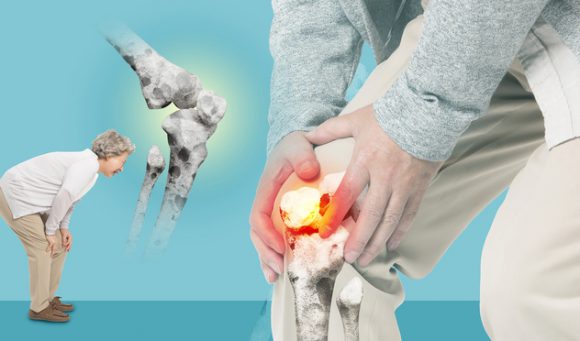Wikimedia Commons / Christian Fischer
–
NOS News•today, 17:02
–
-
Arnout Staal
Editor online
—
-
Arnout Staal
Editor online
—
—
If you are looking to cool down in a lake or river on these hot and dry summer days, you should pay extra attention to blue-green algae. This is a plankton species that occurs in more and more Dutch bathing waters. Blue-green algae can be toxic and pose risks to swimmers and pets.
–
Figures from the Union of Water Boards show that the amount of blue-green algae in Dutch bathing water is increasing. “We keep numbers from 2013, and up to and including 2020 we see an increasing trend in the number of warnings and negative swimming advice due to blue-green algae,” says spokesperson Jurjen Jongepier. In 2013, there were 150 reports of blue-green algae, in 2020 there were almost 230.
–
Last year’s figures are not yet available, but this year there are already 81 swimming locations for which a blue-green algae warning applies, says biologist Miguel Lurling at Wageningen University. “That’s quite a lot, especially if you consider that more than a tenth of the total number of bathing waters is our country.” He expects the numbers to rise significantly this month. “We are not yet at the peak of the problem season.”
–
‘Number of places with blue-green algae continues to increase’
The amount of blue-green algae in Dutch waters will only increase in the coming years, expects researcher Dedmer van de Waal of the Netherlands Institute of Ecology (NIOO-KNAW), who is also chairman of the Blue-Algae Platform. The biggest culprit is the warmer weather. “That ensures that blue-green algae grow well.”
–
The Union of Water Boards also expects a further increase in places where blue-green algae occurs.
–
Rijkswaterstaat warned last weekend for blue-green algae because of the persistently high temperatures.
–
–
In addition to the warm weather, the presence of nutrients also promotes the growth of blue-green algae. This concerns phosphate, a substance that occurs in manure, among other things, and nitrogen. Both substances accumulate on roads and fields when it is dry for a long time. During a shower they flow in large quantities into the heated water of ditches and canals, a welcome treat for blue-green algae. After such a rain shower, the amount of blue-green algae in the water can rise explosively.
–
Why is blue-green algae dangerous?
Some types of blue-green algae produce toxins that can make people and pets sick. In humans, this takes the form of skin irritation, diarrhea or vomiting. Dogs get similar problems, but poisoning can also be fatal to animals.
–
The blue color can be clearly seen in this photo:
–
 –
–
Wikimedia Commons / Rosser1954
–
Dead blue-green algae along a coastline –
To combat blue-green algae, the water boards are taking measures to reduce the amount of nutrients in the water. In addition, they provide extra flow in the water, but that is a method that turns out to be difficult with the current low water levels.
–
Other ways to combat blue-green algae include dredging lakes, putting other plants in the water and covering the bottom of a lake with sand and phosphate binders. The latter approach was rolled out in 2015 by the Brabantse Delta water board in the Great Melans. Since then, the blue-green algae has disappeared there.
—
-


